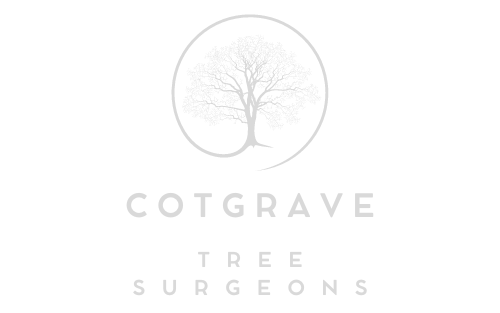Tree Crown Reduction: Balancing Aesthetics with Tree Health
Introduction: Tree crown reduction is a delicate procedure that aims to maintain the tree’s health while enhancing its aesthetic appeal and safety. This technique involves selectively pruning branches to reduce the overall size and shape of the tree’s crown. It can rejuvenate the tree and improve its structural integrity when done correctly. However, striking the right balance between aesthetics and tree health requires careful planning and professional expertise.
Understanding Tree Crown Reduction
Tree crown reduction is beneficial for several reasons:
- Enhanced Safety: By reducing the crown’s weight and density, the risk of branches breaking and causing damage during storms or high winds is minimised.
- Improved Tree Health: Properly executed crown reduction allows for better light penetration and air circulation within the canopy, promoting overall tree health and vitality.
- Aesthetic Appeal: Smaller, well-shaped crowns enhance the visual appearance of the tree and its surroundings, contributing to a more pleasing landscape.
Key Considerations for Balancing Aesthetics and Tree Health
- Professional Assessment: Before undertaking crown reduction, it is essential to consult with certified arborists who can assess the tree’s current health, structure, and specific requirements. This assessment helps determine how much the crown can be reduced without compromising the tree’s overall well-being.
- Species-Specific Pruning Techniques: Different tree species have unique growth patterns and responses to pruning. Arborists tailor their approach based on the species to ensure the reduction is performed correctly and by the tree’s natural growth habits.
- Preserving Natural Form: Arborists aim to preserve the tree’s natural form and shape while reducing the crown size. This involves selectively removing branches while maintaining the tree’s balance and aesthetic integrity.
- Minimising Stress and Damage: Careful pruning techniques and proper timing help minimise stress on the tree. Arborists avoid over-pruning, which can weaken the tree and make it more susceptible to diseases and pests.
Benefits of Professional Arboriculture
- Expertise and Precision: Certified arborists possess the expertise and training to perform crown reductions safely and effectively. Their knowledge ensures that the pruning benefits the tree’s health and appearance.
- Long-Term Tree Care: Professional tree care extends beyond immediate pruning. Arborists recommend ongoing maintenance and care to sustain the tree’s health and beauty.
- Compliance and Safety: Arborists adhere to local regulations and safety standards during pruning operations, ensuring a safe environment for workers and property owners.
Conclusion: Tree crown reduction is valuable for maintaining tree health and enhancing aesthetic appeal in residential and commercial landscapes. By entrusting this task to certified arborists, tree owners can balance aesthetics and tree health, ensuring their trees thrive for years.
Call us on: 0115 647 1199
Click here to find out more about Cotgrave Tree Surgeons
Click here to complete our contact form and see how we can help you with your tree’s needs.

